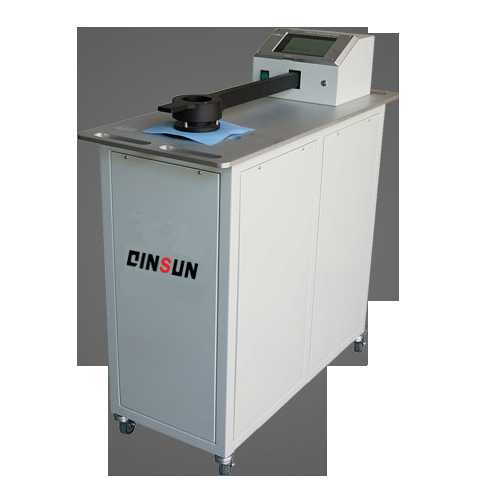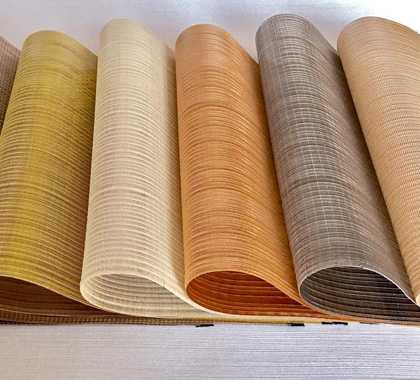Factors Affecting Reproducibility and Repeatability of Fabric Air Permeability Test
Fabric air permeability test is an important method to measure the airflow through a fabric. The test measures the rate of airflow through a fabric sample under a specified pressure difference. The results of the test can be used to evaluate the breathability and comfort of the fabric, as well as its suitability for specific applications. However, the reproducibility and repeatability of the test results are critical factors that must be considered to ensure the accuracy and reliability of the test.

Reproducibility refers to the ability of the test method to produce consistent results when performed by different operators or in different laboratories. Repeatability, on the other hand, refers to the ability of the test method to produce consistent results when performed by the same operator or in the same laboratory on different occasions. The following factors can affect the reproducibility and repeatability of fabric air permeability test results:
1. Sample preparation: The preparation of the fabric sample can have a significant impact on the test results. The sample should be prepared according to the specified procedure, with consistent dimensions and orientation. Any variations in the sample preparation method can lead to variations in the test results.
2. Instrumentation: The type and quality of the instrument used to perform the test can affect the reproducibility and repeatability of the results. The instrument should be calibrated regularly to ensure its accuracy and consistency.
3. Test conditions: The test conditions, such as the pressure difference, temperature, and humidity, should be controlled and maintained within the specified range. Any variations in the test conditions can affect the test results.
4. Operator skill level: The skill level and experience of the operator can affect the test results. The operator should be trained in the test method and follow the specified procedure carefully to ensure consistency in the test results.
5. Fabric properties: The properties of the fabric, such as thickness, density, and surface roughness, can affect the test results. It is important to select a representative sample of the fabric and to consider its properties when interpreting the test results.

6. Environmental factors: Environmental factors, such as air currents and vibrations, can affect the test results. The test should be performed in a controlled environment to minimize the impact of these factors.
To ensure the reproducibility and repeatability of fabric air permeability test results, it is important to follow a standardized test method, calibrate the instruments regularly, and control the test conditions carefully. The skill level and experience of the operator should also be considered, and the fabric properties and environmental factors should be taken into account when interpreting the results. By addressing these factors, the accuracy and reliability of the test results can be improved, and the usefulness of the test method can be maximized.

